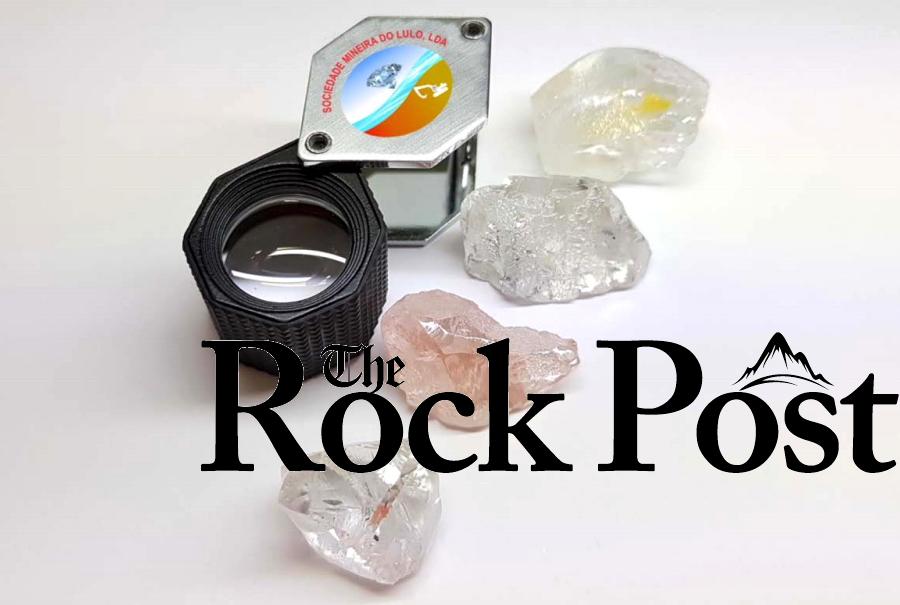There may also be a gold angle to the electric vehicle revolution, argues the Gold Council in a study that looks at precious metal and various uses in electronics.
While lithium, nickel, copper and cobalt have all enjoyed a lift, gold may have a role to play since it offers some circuitry and conductivity advantages over other types of metals.
The industry is shifting rapidly towards electrification and autonomous driving and gold remains the preferred metal for wire bonding, as vehicle electronics have tight safety and reliability requirements, which tend to outweigh material cost considerations. Here therefore, gold demand is driven primarily by the increasing number of electronic control systems required to meet safety regulations, energy efficiency, emissions control, driving information, and driver assistance. This trend is likely to continue for several years, prompting steady growth in the average gold loading per vehicle.
Possible demand electric vehicle adoption is not forecast.
Demand for gold from the overall electronic sector constitutes a minuscule amount of total demand, which was 4,044 tonnes in 2017. The electronics sector consumed 265 tonnes, 6.5% of total demand.
While electronic demand is slight, Elvis Chou, the report’s author, says demand in 2017 increased 4% from 2016, and it was the first year-on-year percentage growth since 2010.
Other electronic uses for gold are electronic storage, fingerprint sensors and catalytics.
Gold is still a relatively expensive commodity and Chou warns it “. . .can be displaced by copper, palladium- coated-copper and silver wires.”
Creative Commons image courtesy of Ashley Van Haeften
The post Hitching gold to the electric vehicle bandwagon appeared first on MINING.com.
Source: Mining.com



